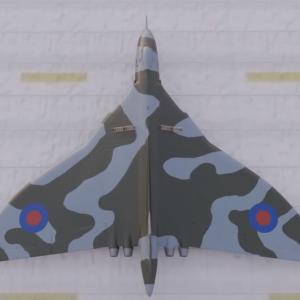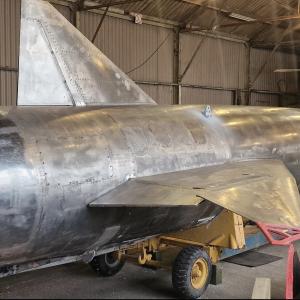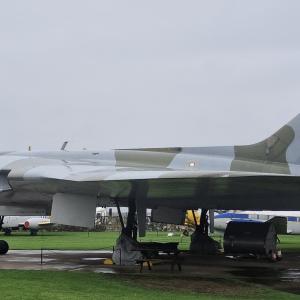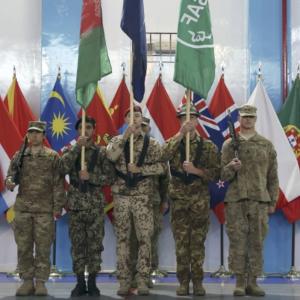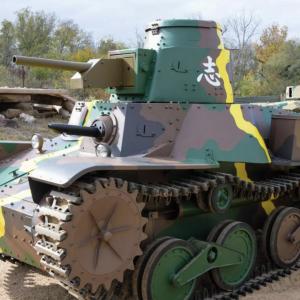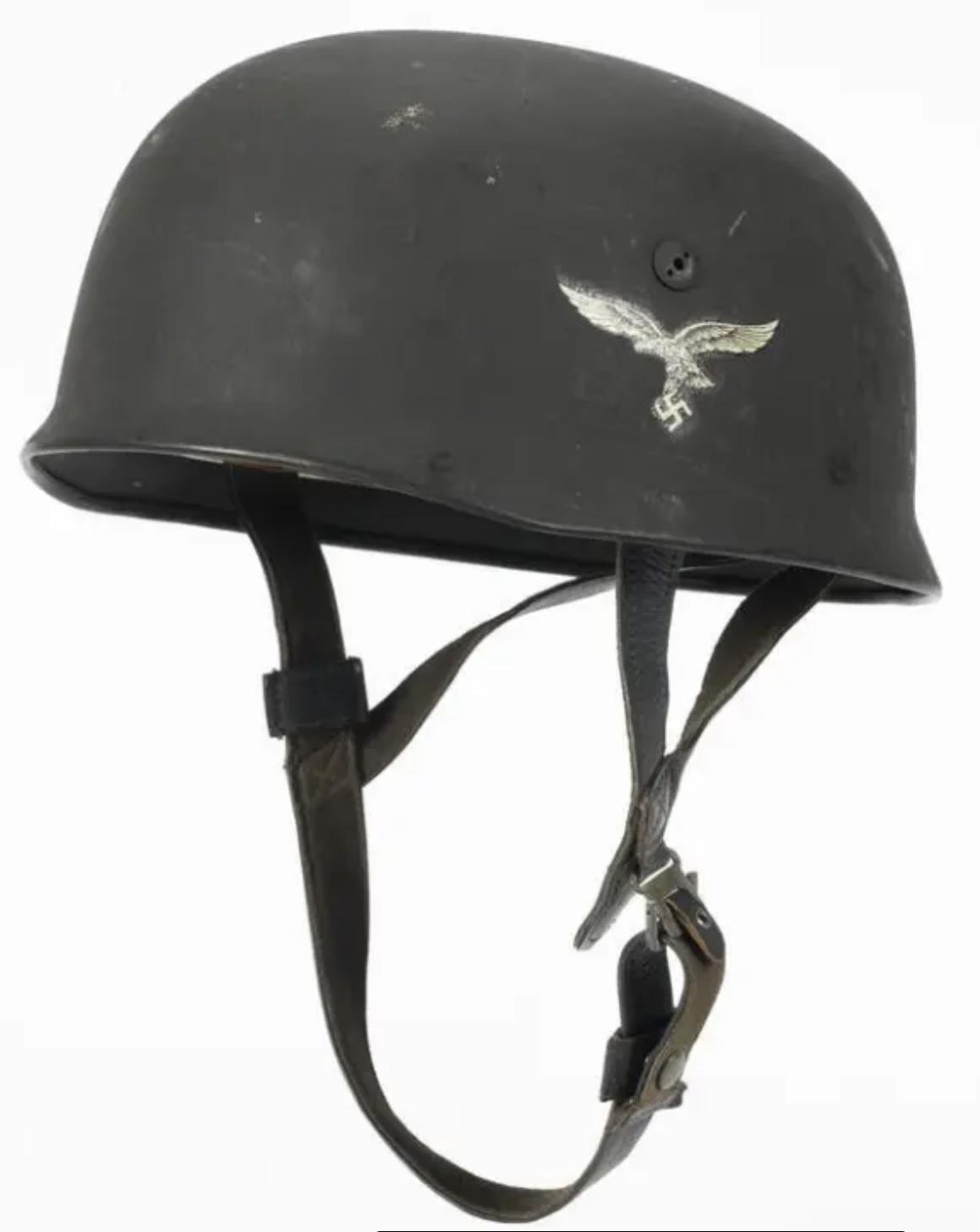
Fallschirmjäger
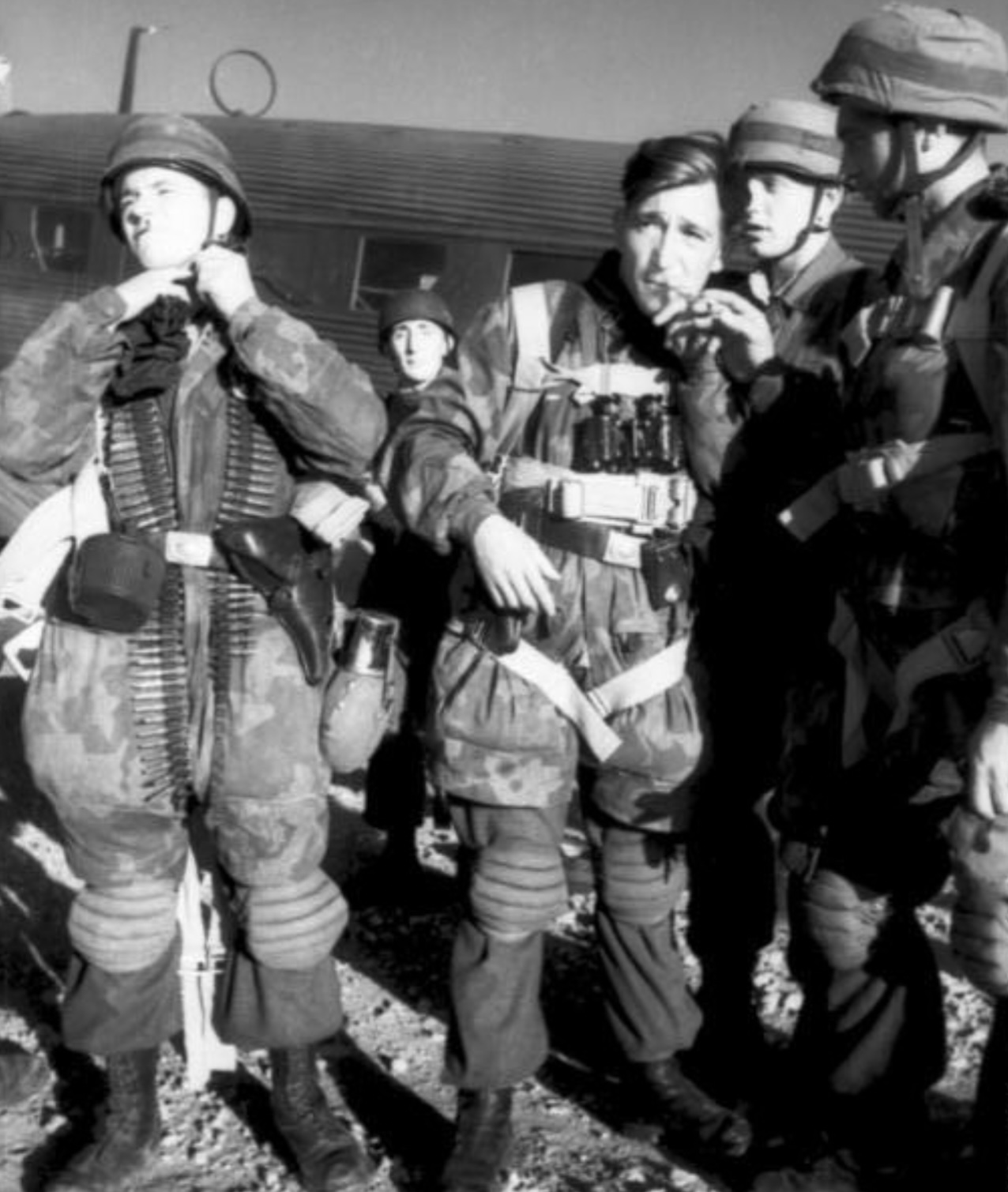 The Fallschirmjäger, Germany’s paratroopers during World War II, were among the most elite and fiercely loyal units in the Wehrmacht, initially under the Luftwaffe (German Air Force). Their formation, rigorous training, and deployment in bold operations marked them as an innovative force in early airborne warfare. While their strategic impact varied over the course of the war, their courage and adaptability earned them a formidable reputation on both sides of the front.
The Fallschirmjäger, Germany’s paratroopers during World War II, were among the most elite and fiercely loyal units in the Wehrmacht, initially under the Luftwaffe (German Air Force). Their formation, rigorous training, and deployment in bold operations marked them as an innovative force in early airborne warfare. While their strategic impact varied over the course of the war, their courage and adaptability earned them a formidable reputation on both sides of the front.
Germany’s interest in airborne troops was sparked in the 1930s, following the Soviet Union's pioneering of parachute units. General Kurt Student, a key Luftwaffe officer and a major proponent of airborne operations, was instrumental in the formation of German paratrooper units. In 1936, the Luftwaffe began forming experimental airborne units, which coalesced into the 1st Fallschirmjäger Regiment by 1938. These troops were initially part of the Luftwaffe, under the command of Hermann Göring, rather than the Army (Heer).
By the outbreak of World War II in 1939, Germany had formed the 7th Air Division (7. Flieger-Division) and the 22nd Air Landing Division, totaling approximately 15,000 paratroopers. At their peak, during the mid-war years, German airborne forces grew to over 50,000 personnel, organized into multiple divisions including the 1st through 6th Fallschirmjäger Divisions. As the war progressed, many of these divisions became airborne in name only, due to aircraft shortages and the evolving nature of the war.
Fallschirmjäger training was famously intense and emphasized both physical fitness and psychological resilience. Recruits underwent a rigorous six-week course, which included multiple parachute jumps from both airplanes and towers. Beyond parachuting, the training focused on infantry tactics, demolitions, hand-to-hand combat, and rapid assaults on fortified positions. Paratroopers were expected to operate independently, often isolated behind enemy lines, and were selected for their initiative and discipline.
German parachute doctrine emphasized surprise, speed, and overwhelming force. Fallschirmjäger were typically equipped lightly, carrying submachine guns, pistols, grenades, and limited supplies. Heavier equipment had to be dropped separately in containers, making their initial hours on the ground especially dangerous. Despite these limitations, they often overcame superior enemy numbers through aggression and tactical skill.
German paratroopers played pivotal roles in several early-war campaigns. One of their first major operations was the invasion of Denmark and Norway in April 1940 (Operation Weserübung), where they seized key airfields and infrastructure. A notable success came during the invasion of the Low Countries in May 1940, particularly in the Netherlands. In a daring airborne assault, Fallschirmjäger captured key bridges and airfields, including a high-risk glider assault on the Belgian fortress of Eben-Emael, which was considered nearly impregnable. In just hours, paratroopers neutralized the fortress, showcasing the potential of airborne troops.
The largest German airborne operation was the invasion of Crete in May 1941 (Operation Mercury), involving over 22,000 paratroopers. It was the first strategic use of airborne forces on such a scale. Despite heavy casualties—over 6,000 killed, wounded, or missing—Fallschirmjäger managed to seize the island from British, Australian, Greek, and New Zealand forces. However, the cost was so high that Hitler forbade further large-scale airborne operations. After Crete, Fallschirmjäger units were increasingly used as elite ground infantry.
Throughout the remainder of the war, German paratroopers fought in key defensive battles on both Eastern and Western fronts, including in Italy at Monte Cassino, in Normandy following the Allied D-Day landings, and during the Battle of the Bulge. Although no longer used in mass airborne assaults, their toughness and skill in defensive operations made them highly effective and feared opponents.
In the end, the Fallschirmjäger left a legacy of innovation, bravery, and sacrifice. Their early successes helped shape modern airborne doctrine, and their commitment to duty—even in the face of near-impossible odds—remains a significant chapter in the history of World War II.

